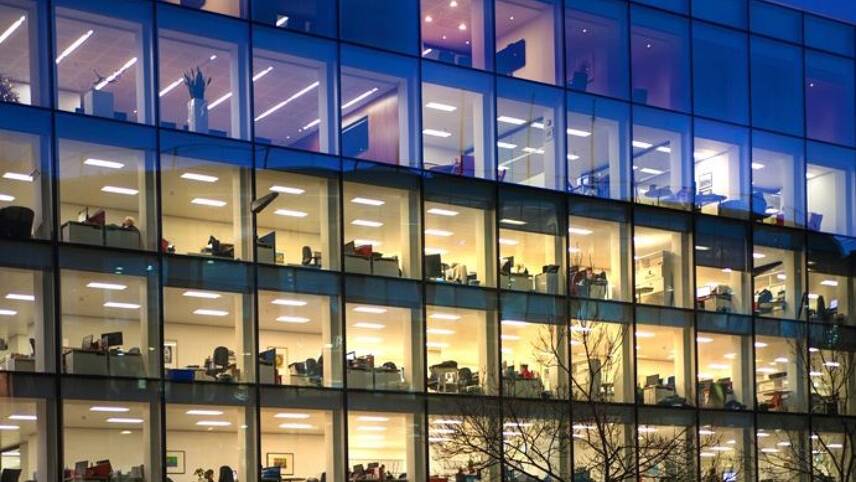Register for free and continue reading
Join our growing army of changemakers and get unlimited access to our premium content

According to the New London Architecture (NLA)
Published this week and entitled ‘the impact of sustainability on value’, the research paper outlines how growing occupier and investor demand for green offices – coupled with changing national and local planning policies and climate targets – places the onus of sustainability on developers and landlords.
Assessing the next wave of office development in central London in context, the analysis found that tenant demands for “highly sustainable” commercial buildings will increase at least eight million square feet by 2030.
It noted that companies with net-zero commitments currently, collectively, occupy 1.5 million square feet of office space in the capital at present, while firms with science-based targets occupy a further 12 million square feet.
Buildings classed as “highly sustainable”, the report notes, include those with Grade A energy efficiency or BREEAM Outstanding certification.
JLL’s paper additionally sets out the financial benefits, beyond reputation or initial demand, of green office investment. Using data around leasing activity for new office buildings in central London for 2016-19, the report concludes that buildings with an ‘A’ or ‘B’ energy performance certificate (EPC) achieved a rental premium of 10%. Buildings with BREEAM ‘Very Good’ or higher certifications, meanwhile, saw a rental premium of 8%.
JLL analysed leasing activity for New Grade A office buildings in central London and found that those with a BREEAM rating of very good or higher achieved higher rents than those without a rating and that the average rental premium over non-rated buildings over the last three years was around 8%. The analysis also showed that New Grade A buildings with an A or B EPC rating achieved a rental premium of 10% over comparable offices with lower ratings over the same period.
Moreover, JLL has charted a direct correlation between the green credentials of offices and how likely they are to lie vacant, both for short and long-term durations. London developments with BREEAM ‘Outstanding’ or ‘Excellent’ ratings experienced, between 2016 and 2019, vacancy rates of 7% within 24 months of completion. In comparison, those rated ‘Very Good’ recorded vacancy rates of 20%.
“Clearly the urgency to build and redevelop these offices in central London to support corporate environmental and people goals is only speeding up,” JLL UK’s head of sustainability Sophie Walker said.
“The first developers to undertake the task will reap the rewards of high levels of demand and the intrinsic higher performance of their product. This opportunity to provide sustainability as a point of differentiation and to appeal to forward-thinking occupiers will really play out over the next decade.”
Walker also noted that developers investing in sustainable offices now will be ahead of the regulatory curve between 2030 and 2050, when tougher energy and carbon rules are widely expected to come into force in major cities and towns across the glove.
Readers interested in the key considerations which must be taken into account when ‘greening’ an office are urged to read edie’s free-to-download edie Explains: The Green Office guide.
Those keen to hear more from JLL’s Sophie Walker are encouraged to listen to the International Women’s Day 2020 edition of edie’s Sustainable Business Podcast. In this special episode, Sophie discusses her 12+ year career in sustainability, and provides best-practice advice for businesses looking to foster female sustainability leaders.
Sarah George


Please login or Register to leave a comment.